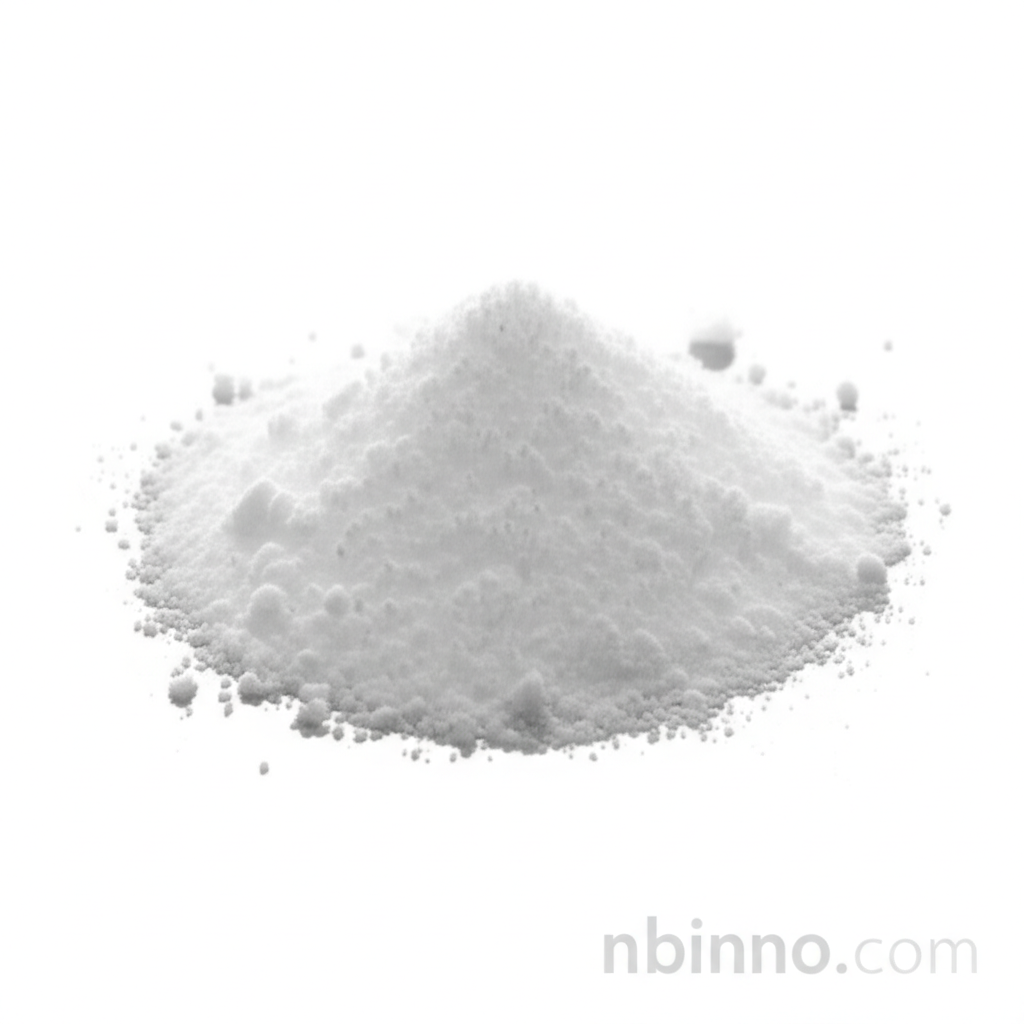Advancing HIV-1 Treatment: Computational Design of Darunavir Analogs for Enhanced Potency and Resistance Management
Leveraging cutting-edge computational techniques to develop next-generation HIV-1 protease inhibitors.
Get a Quote & SampleProduct Core Value

Darunavir
Darunavir is a critical component in the fight against HIV-1, functioning as a protease inhibitor. Its mechanism involves blocking the cleavage of viral polyproteins, essential for the maturation of infectious viral particles. Notably, it retains efficacy against drug-resistant strains, a crucial advantage given the emergence of multidrug-resistant mutants. This article explores the computational design of Darunavir analogs to further enhance its therapeutic potential and overcome resistance challenges in HIV-1 treatment.
- Discovering novel HIV-1 protease inhibitor analogs through FMO-guided drug design leverages advanced computational chemistry for improved therapeutic outcomes.
- Explore the structure-based drug design strategies employed to create Darunavir analogs with enhanced binding affinities.
- Learn about the computational drug discovery HIV process, focusing on optimizing antiretroviral therapy.
- Understand the implications of HIV drug resistance management and how these analogs aim to provide a higher genetic barrier.
Key Advantages
Enhanced Potency
Our computational approach to advancing HIV-1 treatment focuses on developing Darunavir analogs with potentially superior binding affinities to the HIV-1 protease.
Resistance Management
Investigating HIV drug resistance management through the design of analogs that maintain efficacy against resistant viral strains.
Accelerated Drug Discovery
Utilizing computational drug discovery HIV methods, including FMO and combinatorial chemistry, to expedite the identification of promising drug candidates.
Key Applications
HIV Treatment
The primary application of these Darunavir analogs is in the treatment of HIV infection, aiming to provide more effective and durable therapeutic options.
Antiretroviral Therapy Optimization
These findings contribute to the optimization of antiretroviral therapy by exploring new chemical entities that can overcome existing resistance mechanisms.
Scientific Research
The computational methodologies employed are valuable for scientific research in medicinal chemistry and drug discovery, offering insights into molecular interactions.
Drug Development
This research supports the ongoing development of novel HIV-1 protease inhibitors with improved pharmacological properties and a higher genetic barrier to resistance.
